Thimbleweed Information: Growing Anemone Thimbleweed Plants
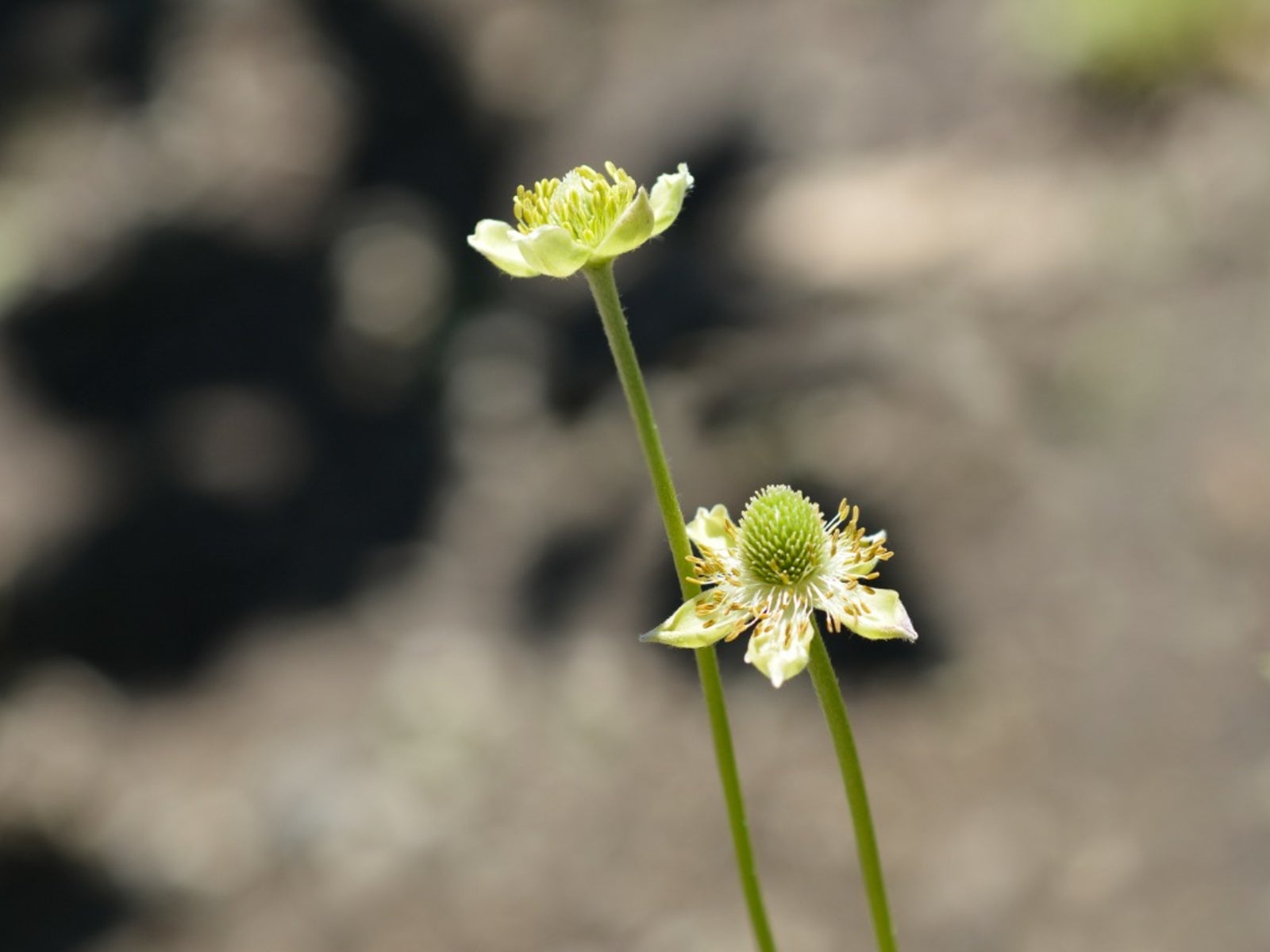

Tall erect stems and deeply cut leaves topped with creamy white flowers describe tall thimbleweed. What is thimbleweed? It is a North American native plant with vigorous growth and a spreading characteristic, although not considered as bad as some of its other anemone relatives. The fun thing about this plant is its long bloom season, from spring to early fall. Read on for some tips on how to grow thimbleweed and enjoy the flowers in your garden.
What is Thimbleweed?
You may find tall thimbleweed growing wild in the central to eastern United States and southern Canada in moist, rich prairies, the edges of forests, savannah and among thickets of other native plants. The name comes from the distinct thickly populated yellow pistils that resemble a thimble. The plant is perfect for native flower gardens and caring for tall thimbleweed is a breeze with its easy going nature.
Thimbleweed is an anemone plant. In fact, its botanical name is Anemone virginiana. It might be confused with Anemone cylindrica, but A. virginiana has a longer central fruiting cluster. The plant can grow 2 to 3 feet (.61 to .91 m.) tall, with slender, erect stems and lobed leaves with fine serration that bears rounded edges.
Growing anemone thimbleweed offers several seasons of interest. The "thimble," or fruiting body, disperses fluffy seeds that add a quirky detail to the plant in fall.
Important Thimbleweed Information
This wild plant is spurned by animals due to its blistering sap. Even deer will avoid browsing the plant because all parts have a chemical which causes pain, blisters and irritation of the mouth that can develop into vomiting and diarrhea if ingested.
It is considered toxic when eaten in large quantities due to the presence of Protoanemonin, a caustic compound in the sap. Use caution when growing anemone thimbleweed around young children or curious pets. There are no noted cases of topical burns, but it is wise to use gloves and eye protection when handling or harvesting the plant.
How to Grow Thimbleweed
Thimbleweed grows in dry to moderately moist soils, in partial shade or full sun. It prefers acidic to neutral soils and has best growth where there is plenty of organic matter in soil. Once established, this plant is quite drought and cold tolerant.
Gardening tips, videos, info and more delivered right to your inbox!
Sign up for the Gardening Know How newsletter today and receive a free copy of our e-book "How to Grow Delicious Tomatoes".
Anemones grow quickly from seed or division of older plants. If you do not wish the plant to populate randomly, then caring for tall thimbleweed will require cutting the plant back in fall to prevent seeds from spreading.
It has few disease or pest issues and is hardy in United States Department of Agriculture zones 2 to 8. This is a lovely flower for dappled light gardens filled with other wild perennials.

Bonnie Grant is a professional landscaper with a Certification in Urban Gardening. She has been gardening and writing for 15 years. A former professional chef, she has a passion for edible landscaping.
-
 Grow ‘Karl Rosenfield’ Peony Plants For The Ultimate Frilly Border Beauties And Cut Flowers
Grow ‘Karl Rosenfield’ Peony Plants For The Ultimate Frilly Border Beauties And Cut FlowersFor frilly double magenta peony petals infused with a heady fragrance, grow ‘Karl Rosenfield’ peony plants. Here’s how to cultivate the ultimate plushy blooms
By Tonya Barnett
-
 10 Common Composting Problems That Can Spoil Your Garden Gold – Plus Easy Fixes
10 Common Composting Problems That Can Spoil Your Garden Gold – Plus Easy FixesLearn how to troubleshoot common composting issues before they ruin your stash – from bad smells and bugs to materials not breaking down as they should.
By Susan Albert
-
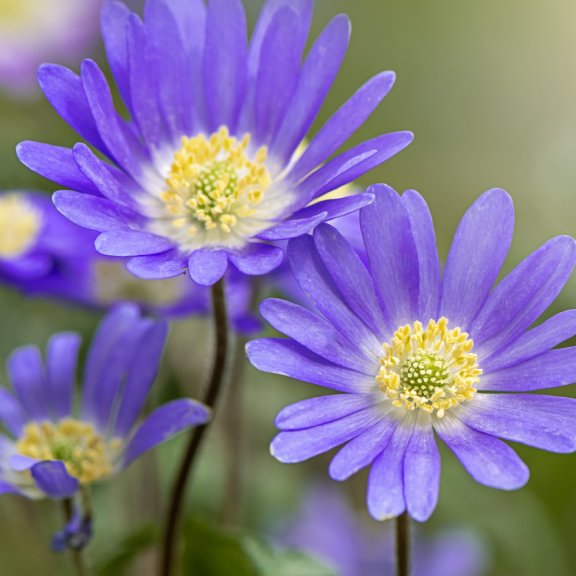 What Are Grecian Windflowers – How To Grow Anemone Windflowers
What Are Grecian Windflowers – How To Grow Anemone WindflowersBy growing Grecian windflowers, you can add a pretty new perennial to your garden. This spring bulb comes in range of colors, providing low clumps of blooms that easily fit into a variety of garden types and climates. Learn more in this article.
By Mary Ellen Ellis
-
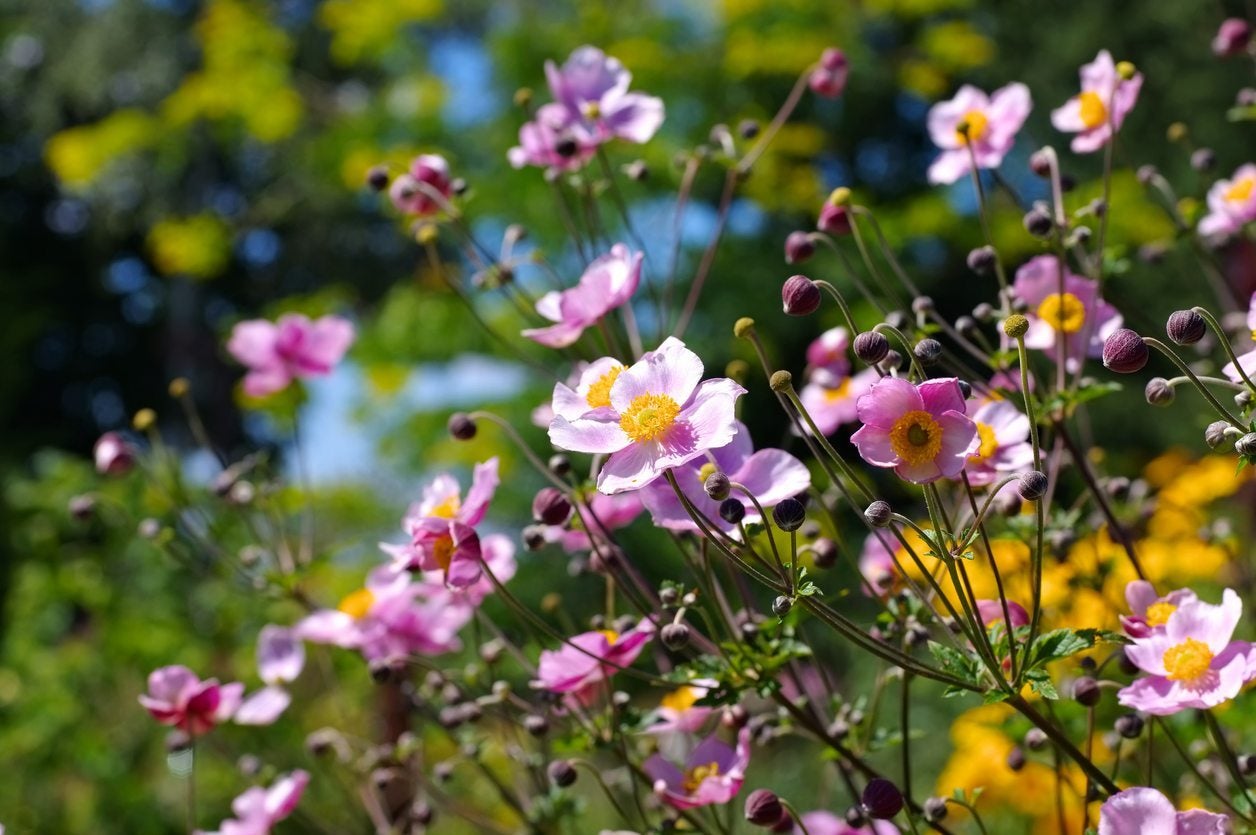 Japanese Anemone Care: Tips For Growing A Japanese Anemone Plant
Japanese Anemone Care: Tips For Growing A Japanese Anemone PlantJapanese anemone is a tall, stately perennial that produces glossy foliage and big, saucer-shaped flowers. They are a cinch to grow and adaptable to most growing conditions. Click the article that follows to learn more about growing a Japanese anemone in your garden.
By Mary H. Dyer
-
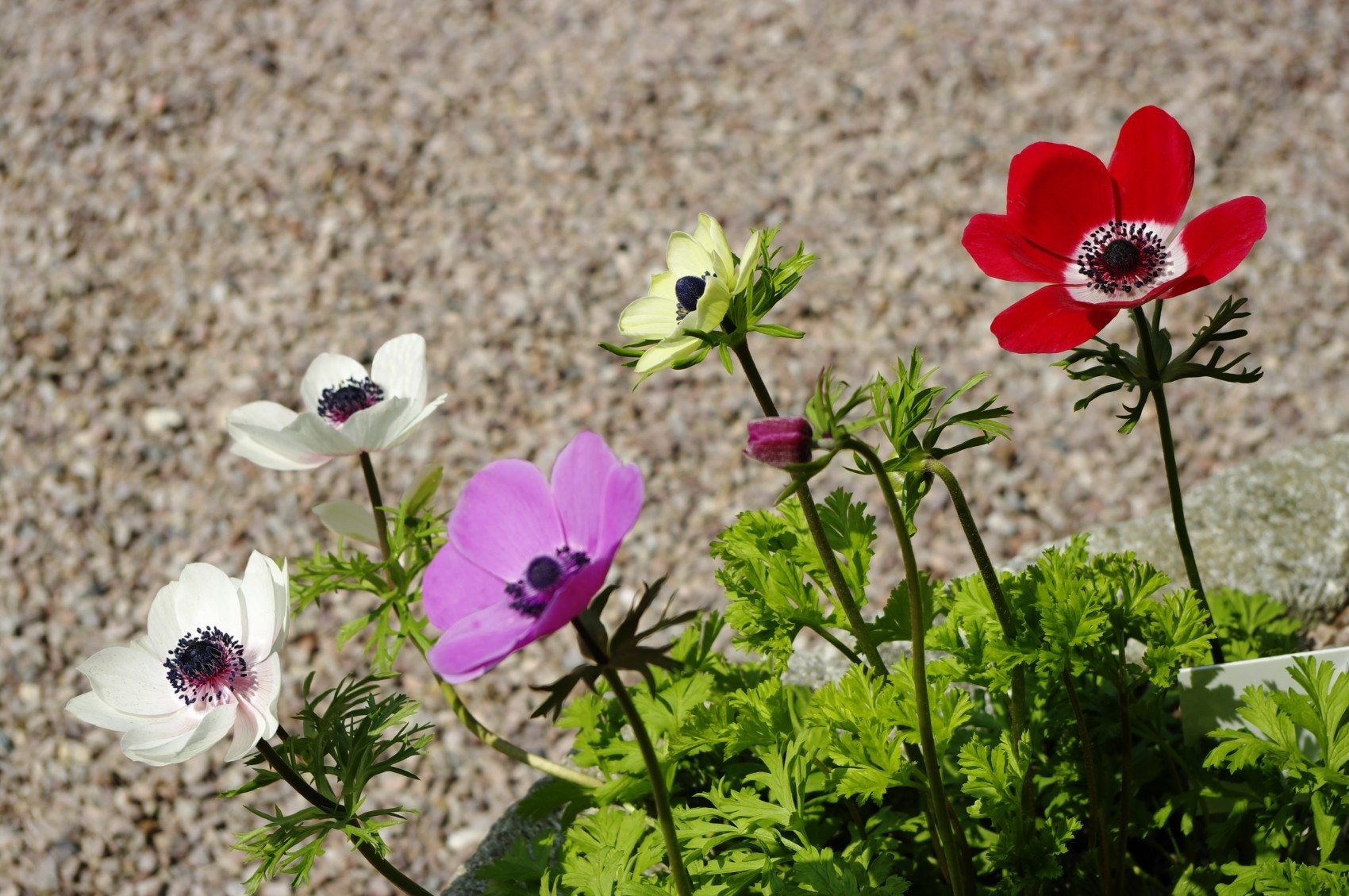 Anemone Varieties: Different Types Of Anemone Plants
Anemone Varieties: Different Types Of Anemone PlantsA member of the buttercup family, anemone, often known as windflower, is a diverse group of plants available in a range of sizes, forms, and colors. Click this article to learn more about tuberous and non-tuberous types of anemone plants.
By Mary H. Dyer
-
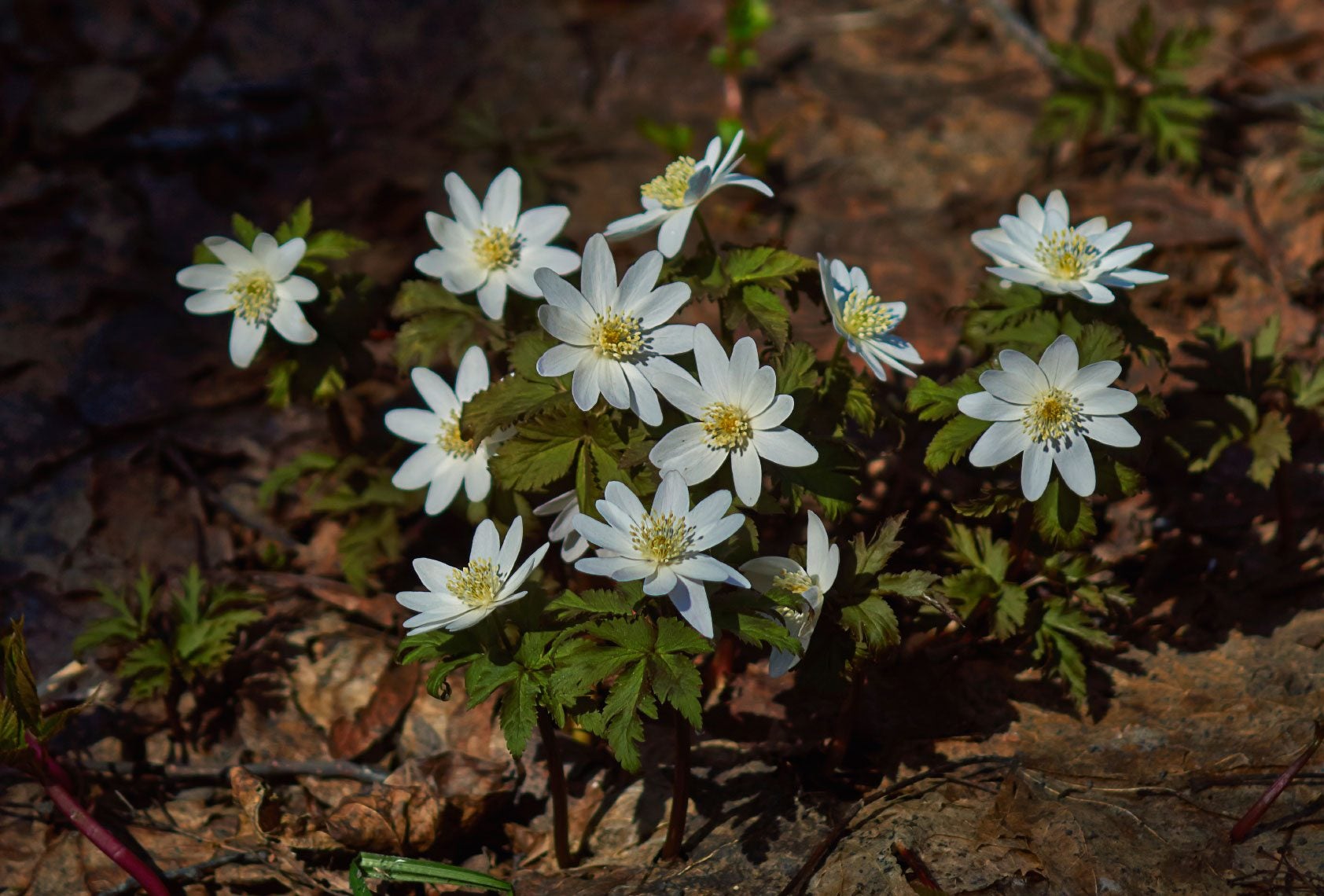 Growing Wood Anemone Plants: Wood Anemone Uses In The Garden
Growing Wood Anemone Plants: Wood Anemone Uses In The GardenAlso known as windflower, wood anemone plants are low-growing wildflowers that produce dainty, waxy blooms rising above attractive, bright green foliage in spring and summer. Find out how to grow wood anemone plants in this article.
By Mary H. Dyer
-
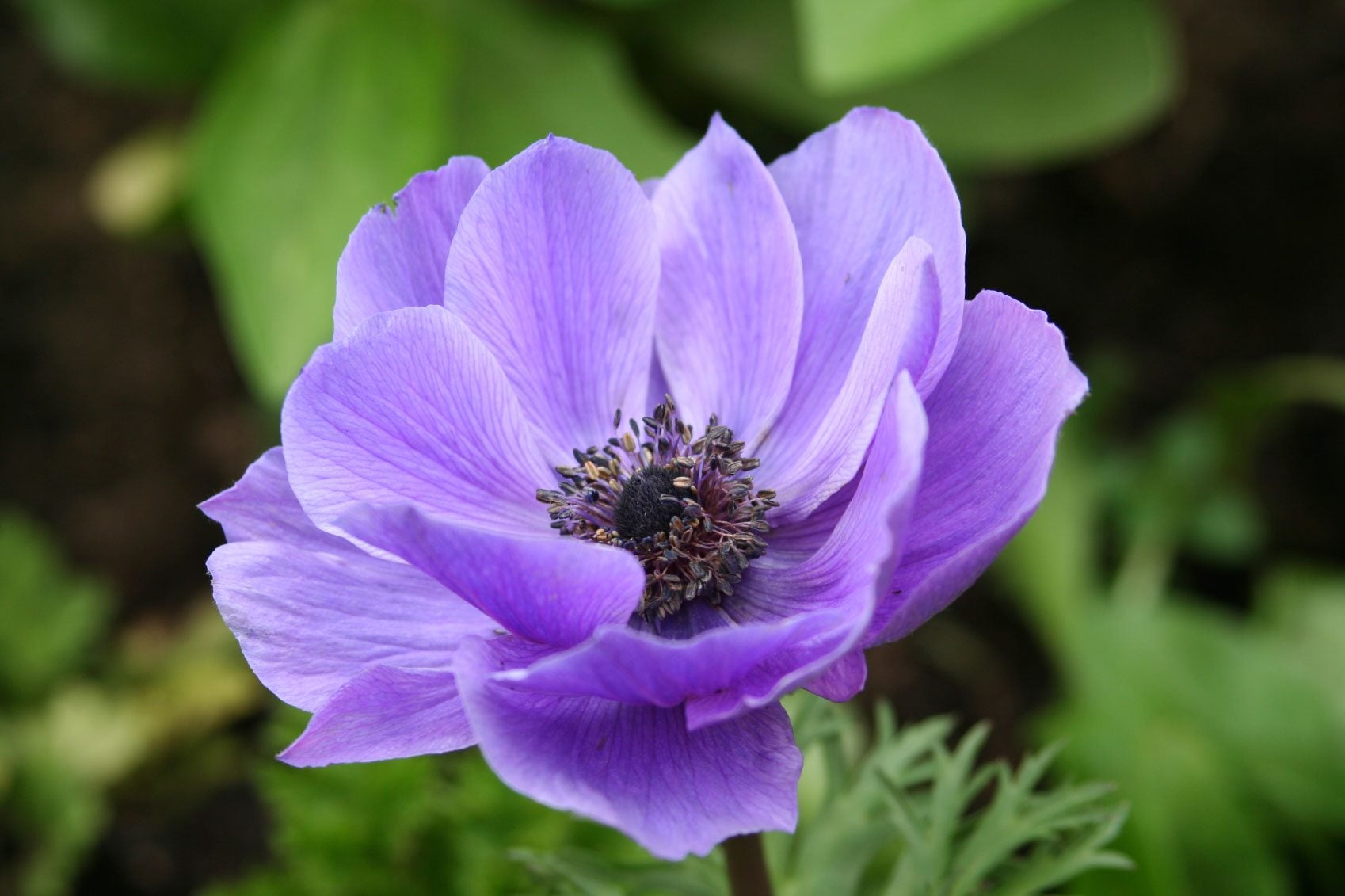 Information On Care Of Anemone Plants
Information On Care Of Anemone PlantsAnemone plants have low-clumping foliage and colorful blooms. Oftentimes referred to as windflowers, these carefree plants are commonly found dotting the landscapes of many home gardens. Click here for more.
By Nikki Tilley